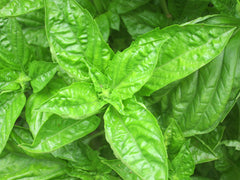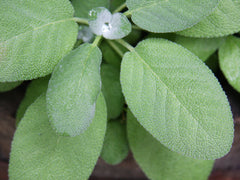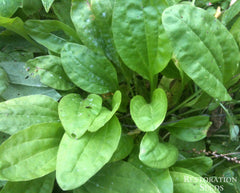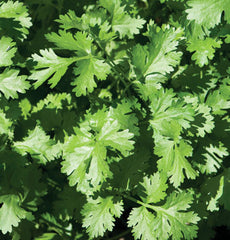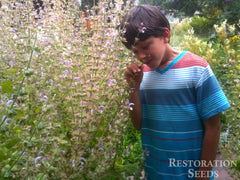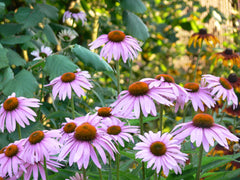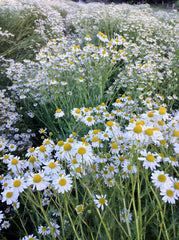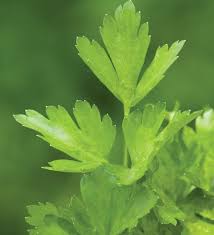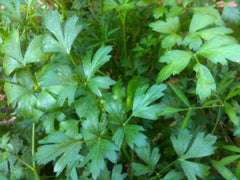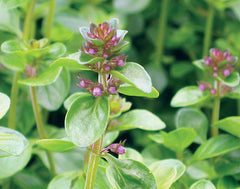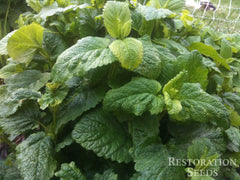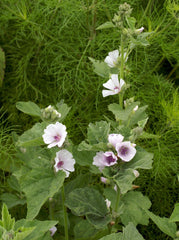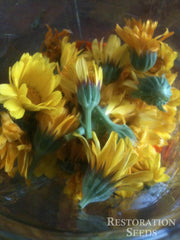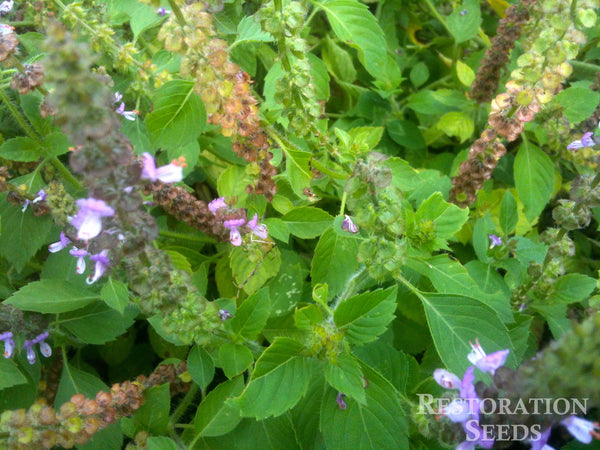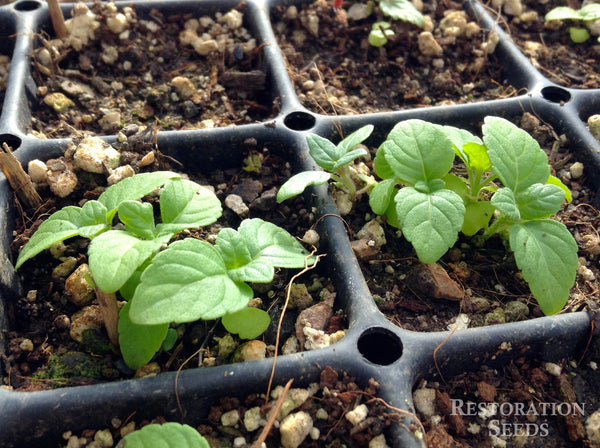Tulsi Kapoor
Ocimum tenuiflorum
HOW TO GROW TULSI BASIL
Sow seeds directly in late spring when nights are above 65˚F. Surface sow, pressing in firmly, keep moist but not wet. Start indoors 4-6 before warm evenings. Do not pinch buds to encourage further branching, this reduces plant vigor. Dry herb bunches by hanging from ceiling or lay on screens in a dark, dry, ventilated location. Harvest for drying at peak maturity when flowers are just beginning to appear, leaves contain the most essential oils at that time. Or, after that oils are transferred to flowers, strip the dried flower columns in fall for the best tea and to save seeds. Less frost sensitive than Ocimum basilicum. Can be ripened out doors in cool climates such as Skibbereen Co. Cork, Ireland. Soil pH 6.1-8.5. Hardiness zones 7-11. Annual.
Days from maturity calculated from the date of seeding. Average 22,400-142,000 seeds per ounce. There are no Federal germination standard commercially sold herb seeds. Usual seed life 3-5 years. Isolation distance for seed saving: 150 feet.
Planting Depth 1/4”
Soil Temp. Germ. 70-85˚F
Days to Germ. 7-14
Plant Spacing 10-12”
Row Spacing 18”
Days To Maturity 80-100
Full Sun, Moist Well Drained
Days from maturity calculated from the date of seeding. Average 22,400-142,000 seeds per ounce. There are no Federal germination standard commercially sold herb seeds. Usual seed life 3-5 years. Isolation distance for seed saving: 150 feet.
Planting Depth 1/4”
Soil Temp. Germ. 70-85˚F
Days to Germ. 7-14
Plant Spacing 10-12”
Row Spacing 18”
Days To Maturity 80-100
Full Sun, Moist Well Drained
- 150 Seeds$4.10
- 1500 Seeds$16.50
Kapoor Tulsi Basil has shiny green leaves on a green stem that continue to produce all season long until frost. As it flowers, clip back the flowers, and the plant will send out new leaves and flowers. The leaves and flowers can be used as a beautiful soothing medicinal tea. Tulsi has been used for 3,000 years in ay...
Kapoor Tulsi Basil has shiny green leaves on a green stem that continue to produce all season long until frost. As it flowers, clip back the flowers, and the plant will send out new leaves and flowers. The leaves and flowers can be used as a beautiful soothing medicinal tea. Tulsi has been used for 3,000 years in ayurvedic medicine, “the knowledge for long life”. Tulsi calms the nerves, while nourishing the heart. It’s also used for colds, headaches, stomach disorders, inflammation, arthritis, heart disease, stress, cancer and antibacterial skin preparations. It’s an excellent herbal tea on its own or blended with other herbs. Also known as Holy Basil and Ocimum sanctum. Tags: Specialty: Deer Resistant, Certification: Organic.
Tulsi basil originated in India as an aromatic perennial shrub, medicinal or culinary herb tea and oils. The aroma is spicy and complex, similar to clove. Four common varieties: Rama Tulsi is hardy, easy to grow and our favorite for a soothing tea. Vana Tulsi has slightly fuzzy leaves, is a larger plant and is closer to the wild form. Tulsi Kapoor has shiny green leaves, best for culinary uses, smaller plant. Tulsi Krishna has purple leaves, slightly more difficult to germinate.
Tulsi basil originated in India as an aromatic perennial shrub, medicinal or culinary herb tea and oils. The aroma is spicy and complex, similar to clove. Four common varieties: Rama Tulsi is hardy, easy to grow and our favorite for a soothing tea. Vana Tulsi has slightly fuzzy leaves, is a larger plant and is closer to the wild form. Tulsi Kapoor has shiny green leaves, best for culinary uses, smaller plant. Tulsi Krishna has purple leaves, slightly more difficult to germinate.
Learn More
Meet Your Farmer
We promote fair trade, organic practices and environmental responsibility throughout the Restoration Seeds supply chain. Below are the family farmers and seed suppliers who bring our open pollinated seeds to you.
Restoration Seeds
Certified Organic by OR Dept. of Ag.
Seed grower since 2009


Restoration Seeds is a farm-based seed company committed to selling seeds growers can save. We guarantee high quality seeds through our extensive variety trialing and plant breeding programs. We empower family farmers and home gardeners by offering 100% Open Pollinated seeds.
Reviews
Customer Reviews
Based on 1 review
Write a review




